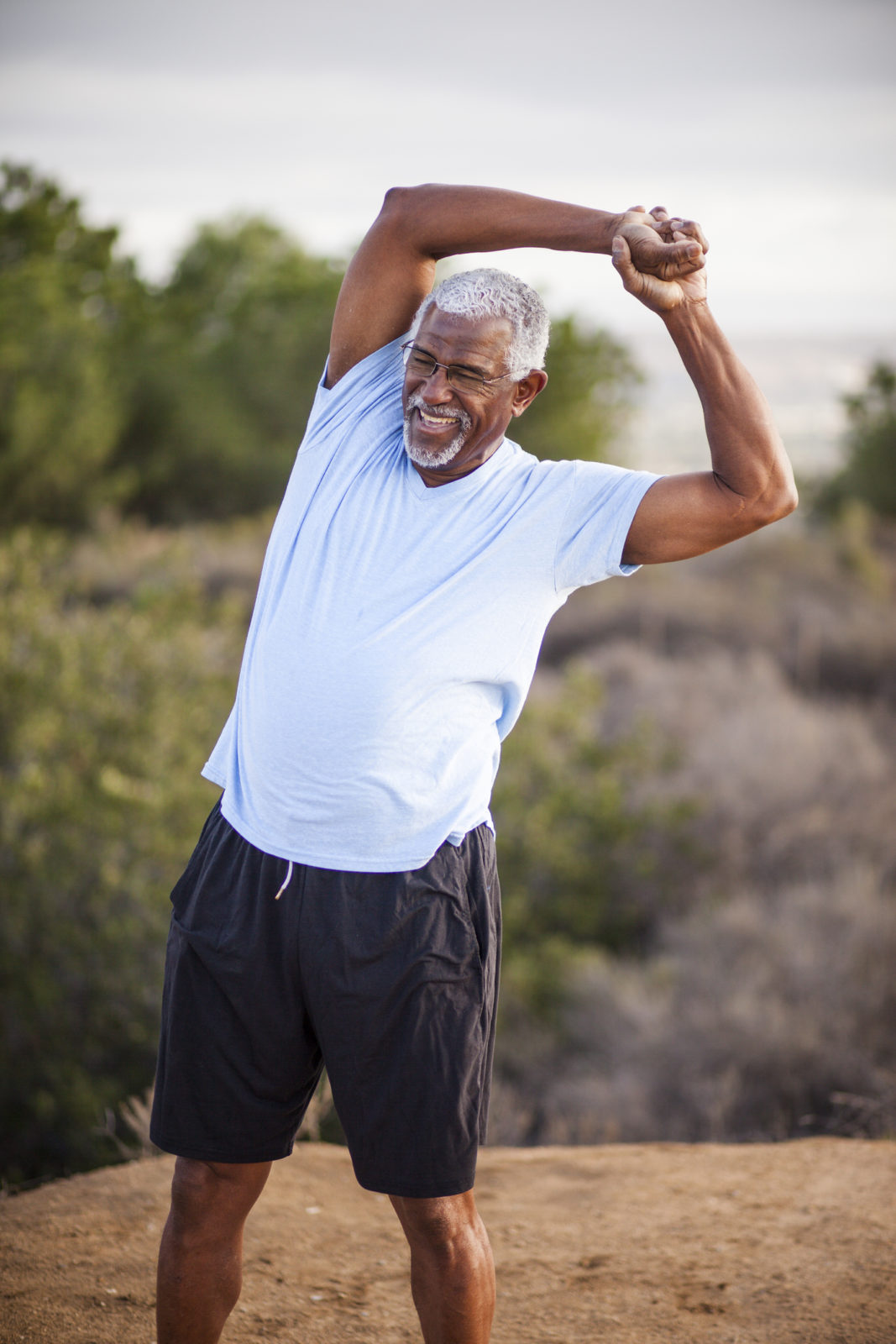June is Men’s Health Month – Try Something New!

As Rhode Island and other states approach Phase 2 re-openings of their economies, many senior men may have a hard time pulling themselves away from watching sports highlights and reruns on TV. And, let’s face it, as we get older, it’s easy to wonder, “Why bother?”
Well guys, there are lots of good reasons for shedding that couch potato persona, like disrupting the connection between type 2 diabetes and cardiovascular disease, lowering your risk for obesity, and reversing high cholesterol. Along with shortening your life, these problems contribute to other conditions, such as blood clots or erectile dysfunction.
Need external motivation? June is Men’s Health Month, and its goal is to “heighten the awareness of preventable health problems and encourage early detection and treatment of disease among men and boys.” You’ve heard these messages many times before—why not let Men’s Health Month, combined with warmer weather and a break in the quarantine, inspire you to take action? Consider a new take on getting fit, such as:
Yoga: More people over age 50, and more men, have begun doing yoga over the last few years. Don’t worry—you won’t be expected to twist your leg around the back of your neck. Yoga is all about listening to your body and not overdoing it. Try to find a beginner’s class or a “gentle” class to start, and:
- Work with a qualified yoga instructor. Ask about their experience and credentials. If you choose to use a yoga DVD at home, look for one that comes highly recommended by your physician or other reliable source.
- Warm up thoroughly before a yoga session. Cold muscles, tendons and ligaments are vulnerable to injury. Make sure you cool down as well, to relax your muscles and restore your resting heart rate and breathing rhythm.
- Listen to your body. If you experience pain or exhaustion while participating in yoga, stop or take a break. If pain persists, speak with your physician.
- Discuss any known illness or injury with your yoga instructor prior to the class so that he or she can recommend pose modifications.
- If you have an underlying joint or spinal injury or arthritis, gentle stretching helps avoid stiffness. Remember, however, that just as in all other activity, flare-ups of pain or injury may occur with yoga. Start slow.
Chair exercise: Exercise programs are available through senior centers and community fitness facilities, but even right in the home, it’s possible to stretch and work all the important muscle groups and joints of the body, without any expensive equipment.
A good beginning routine includes exercises that start from the head and neck and end at the feet and toes. You can do them while watching TV or listening to music.
Resistance band training: Resistance bands are an affordable way to tone muscles, and using them takes nearly no space. Exercise physiologists have long understood the value of resistance band training because these bands offer what is called accommodating resistance. This means the farther you pull a resistance band, the more it resists you. It is this tension that builds strength.
Research over the past 20 years has shown conclusively that regular physical activity, including strength training, stretching, and aerobic exercise, is an important contributor to healthy aging. Exercise can prevent or control many medical problems, reduce pain, improve sleep quality, help protect against falls, and promote a feeling of well-being. No matter his fitness level, every man can start now—slowly—and reap the benefits of an individualized exercise program.
The information in this article is not intended to replace the advice of your healthcare provider. Speak to your doctor before beginning an exercise regimen.
![Charlesgate [logo]](https://www.charlesgate.net/wp-content/uploads/sites/218/2016/12/logo-new.png)